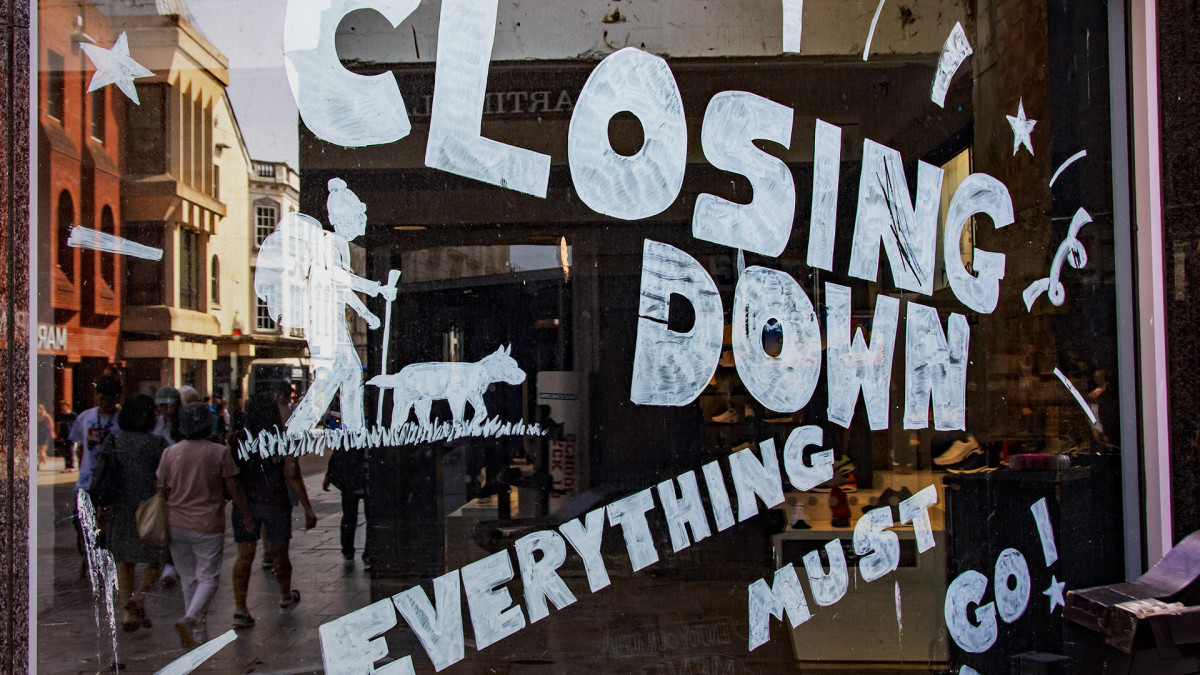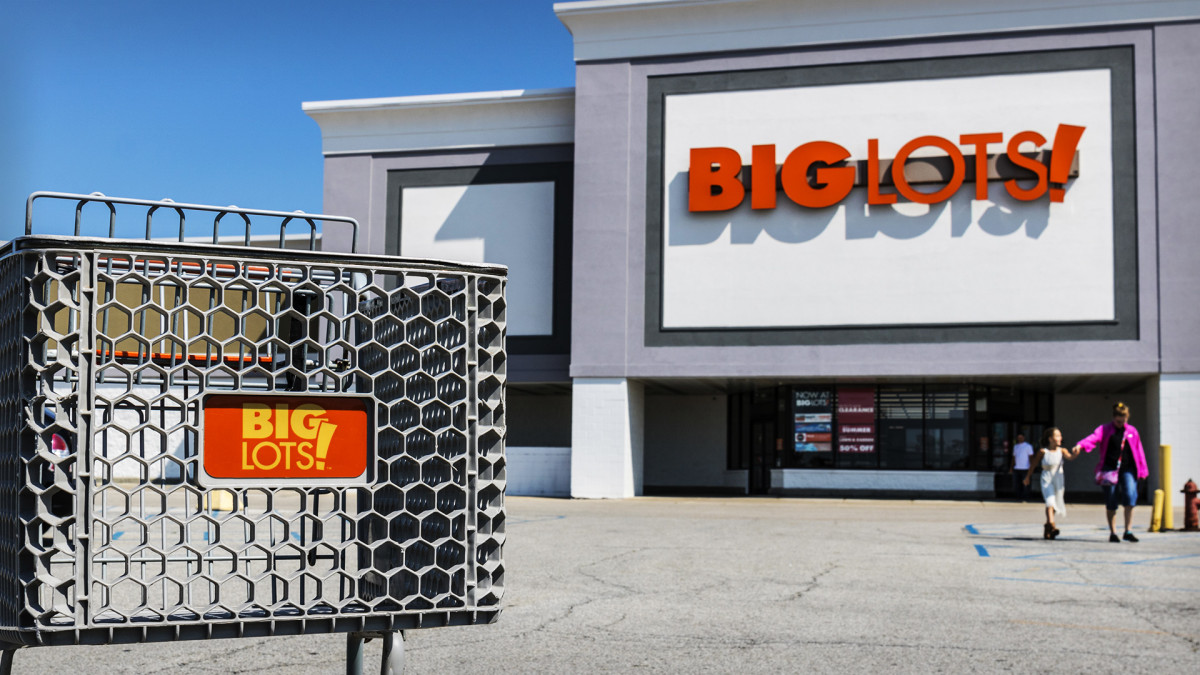
The retail sector has struggled since the Covid-19 pandemic, which has resulted in companies facing financial distress and bankruptcy filings.
Retailers have suffered from store closures, supply chain issues, consumer flight from brick-and-mortar malls and shopping centers, and the rising cost of labor, which have led to declining revenue.
Related: Bankrupt clothing retail chain liquidates, closes all stores
The most significant retailer bankruptcy in the past year was Rite Aid's Chapter 11 filing on Oct. 15, 2023, as it sought to reorganize, reject store leases, and close underperforming stores. Initially, the retailer identified 154 stores it planned to close, but the amount grew to more than 800 stores by August.
Rite Aid exited bankruptcy on Sept. 3.
Home Depot rival LL Flooring on Aug. 11 filed for Chapter 11 bankruptcy seeking to sell its assets, but opted to liquidate and close 430 stores after two sale proposals fell through.
LL Flooring reversed course on Sept. 5 after reaching a sale agreement with private equity firm F9 Investments, which agreed to purchase 219 stores and continue operating the company as a going concern. The company still closed 211 stores.

Image source: Shutterstock
Big Lots closing dozens more stores
Finally, discount home goods retail chain Big Lots (BIG) on Sept. 9 filed for Chapter 11 protection in the U.S. Bankruptcy Court for the District of Delaware seeking a sale of its assets to its stalking-horse bidder Nexus Capital Management for a $760 million bid, which includes $2.5 million in cash, debt payoff, and assumption of liabilities.
The court scheduled an auction for Oct. 18 if more than one bidder submits an offer, with a hearing to approve a sale proposed for Nov. 4.
Big Lots in its petition listed $1 billion to $10 billion in assets and liabilities. Its debts include $556.1 million in funded debt obligations that consist of a $433.6 million asset-based lending facility and a $122.5 million term loan.
Related: Another troubled motor oil company files for Chapter 11 bankruptcy
The Columbus, Ohio, debtor said several significant macroeconomic and industrial-specific headwinds including high competition, Covid-19 disruption, a high interest rate environment, and a less dependable supply chain that increased operating costs were the reasons the company needed to file bankruptcy, according to court papers.
More bankruptcy stories:
- Big Lots retail chain ready to file Chapter 11 bankruptcy
- Popular retail product maker files for Chapter 11 bankruptcy
- Mattress Firm rival files for Chapter 11 bankruptcy
The company in Securities and Exchange Commission filings blamed elevated inflation for adversely impacting its customers' buying power. Big Lots had claimed its core consumers were hesitant to purchase big-ticket discretionary items.
CEO Bruce Thorn said the company struggled in recent quarters, as a downturned economy had soured customers and hurt profits. The company had a 10.2% drop in sales to $1.01 billion during the first quarter and a loss of $132.3 million.
Big Lots is the nation's fourth largest home goods retailer with general operating revenues of $4.7 billion in 2023.
The discount home goods retailer, established in 1967, operated about 1,392 stores in 48 states earlier this year before it filed for Chapter 11 protection. On Sept. 11, the debtor filed an interim order seeking approval of an initial store closing list of 344 stores nationwide.
That first list of store closings was just the beginning of Big Lots' downsizing, as the retailer on Sept. 20 filed a list of additional closing stores seeking to shut down another 49 locations nationwide. The retailer will likely file more lists of additional store closings as its bankruptcy case proceeds.
Related: Veteran fund manager sees world of pain coming for stocks







